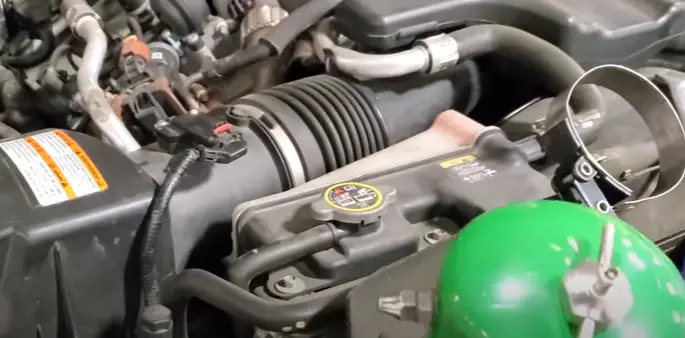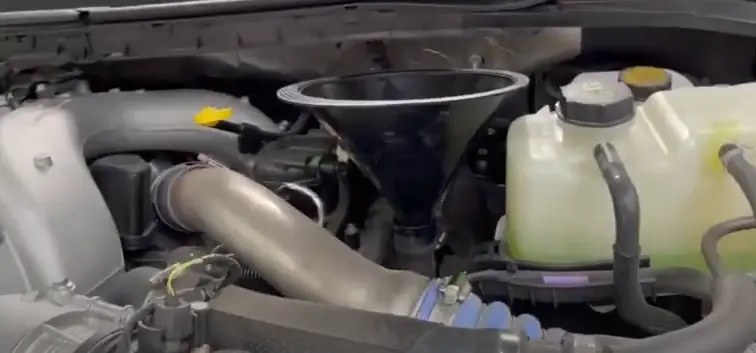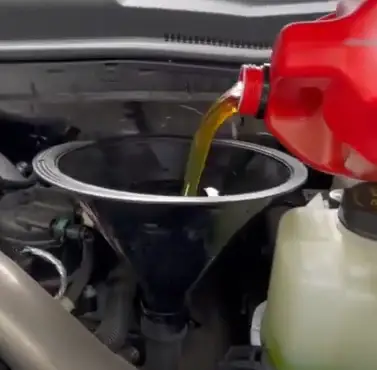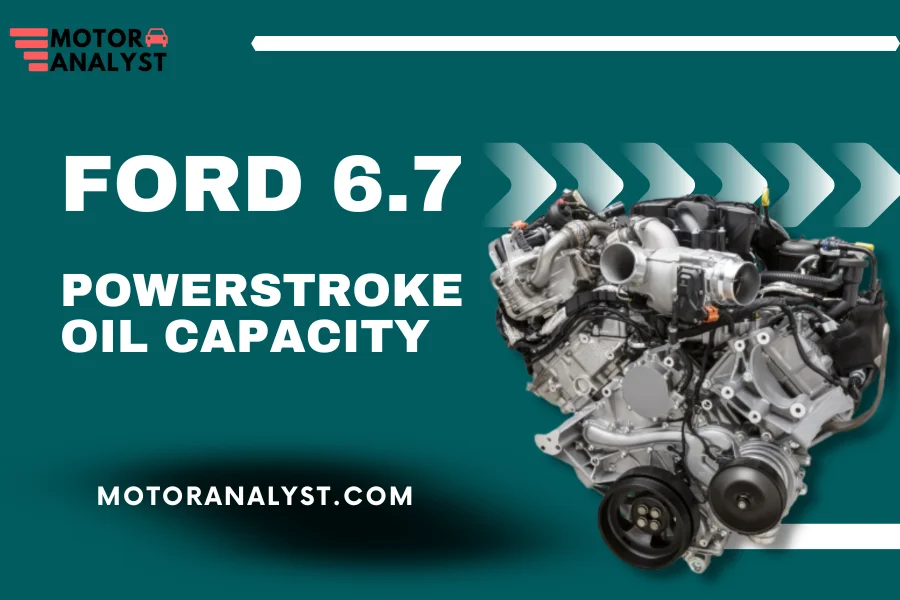The Ford 6.7 Powerstroke oil capacity is one of the most underrated but significant components of Ford automobile specifications. Depending on your car’s engine, that varies. Although certain small four-cylinder motors may only need four quarts, most motors utilize five to six quarts of oil. However, larger engines can accommodate up to eight or nine quarts.
There are so many variations in the 6.7 Powerstroke specifications for Ford vehicles. They can be distinguished from one another by their individual qualities. Consequently, the goal of this site is to teach you about each model of Ford 6.7 Powerstroke Oil Capacity. In the end, it will provide you with the Ford model that is appropriate for your needs.
Common Specifications Ford 6.7 Powerstroke Oil Capacity

The 2011 Ford Ranger was the first vehicle to feature the Ford 6.7 Powerstroke engine. This was primarily intended for super heavy vehicles and cabs so that more advanced features might be added in the near future. The latest 2021 Ford Ranger features a third-generation engine that was first introduced in the F150 vehicle. It has a number of unique qualities that make it the most sought-after engine currently available for Ford vehicles.
The Ford 6.7 Powerstroke Engine comes with specifications like:
- 450 hp and 935 lb.-ft. torque
- 4×2 or 4×4 drive system
- 35,000 lbs. max towing
- 7,640 lbs. max payload
- TorqShift® heavy-duty 6-speed SelectShift™ automatic transmission
Some of its components included are:
- 157-amp minimum
- Optional 332-amp dual alternators
- high stationary idle control
- series flow cooling system with pressure
- Engine head made of aluminum
- Material for compacted graphite iron blocks
- the action of the push rod/rocker arms valve
It should come as no surprise that the Ford 6.7 Powerstroke oil capacity is whooping 13 quarts, or around 12 liters, of engine oil to function correctly.
Ford 6.7 Powerstroke Oil Capacity: 2011-2014
Again, this was the Powerstroke engine series’ initial internal Ford construction. The least dependable of the three is the first generation 6.7L Powerstroke. Given that it was Ford’s initial iteration of the Powerstroke engines, it makes sense. There are usually some early kinks to iron out in any early model engine from any firm. That’s not to imply the first-generation engine is a bad one. However, if reliability is a problem for you and your budget allows it, you might want to think about 2nd or 3rd generation models.
Ford 6.7 Powerstroke Oil Capacity: 2015-2019

The Ford 6.7 diesel’s second generation offers some noticeable improvements over the first one. Among the updates are the following:
- The lower main bearing has an IROX coating.
- new fan clutch
- flowing EGR cooler
- greater crankshaft damper weight
- Updates to the turbo to support more power and torque
The improvements for the second-generation engine are not all included in this list. However, as you can see, the 6.7L Powerstroke received a number of significant improvements. Some of them aim to increase reliability compared to the original 6.7L. A handful of the modifications also aim to boost performance and torque.
Ford 6.7 Powerstroke Oil Capacity: 2020+
The 2020 Powerstroke will be a welcome improvement. As of its debut, the engine boasts the highest torque and horsepower in its class. It is difficult to anticipate how long-lasting the third generation 6.7L Powerstroke will be, though, given the engine is still in its early stages. However, we think it should be an improvement over the previous engines.
Ford 6.7 Powerstroke: Problems
Failed Injection Pump
Prior to 2020, the weakness of any 6.7L Power Stroke engine is the injector pump. The air inside the pump encourages metal-on-metal friction, which is known to cause the pump to malfunction. The gasoline system could be totally demolished by the pollution, necessitating highly costly repairs.
Defective EGT sensors
EGT sensor problems were occasionally reported in automobiles from the 2012 model year. This is particularly true for emergency vehicles that include an ambulance package, though it is also somewhat true for other pickup truck models. One of the most frequent causes of checking engine lights and stopping safety alerts is malfunctioning EGT sensors.
Poor Bearings and Leaks
Light plug failures, which can be disastrous, defects in the main stock radiator, and leakage at the coolant input on the compressor can all occur in early models of the oil burner. Though glow-plug breakage can seriously harm an engine, ceramic ball-bearing breakdown in the turbo (2011-2012 engines) is essentially more concerning because it is similar to 6.0L EGR failure in frequency.
Fluid Leaks

The most frequent source of leaks in vehicles from 2011 to 2016 is the turbo coolant system’s entry fitting configuration. A heater leak is yet another alternative if that isn’t the problem. The water pump is yet another thing to examine. The oil filter T-line and the radiator’s hose O-ring are two less typical suspects.
FAQs on Ford 6.7 Powerstroke Oil Capacity
How many quarts of oil for ford 6.7 diesel?
Thirteen gallons of oil are needed for the 6.7-liter Power Stroke diesel engine. Owners should use 10W-30 oil for standard driving and usage.
What does Ford 6.7 Powerstroke Oil Change cost?
A Ford oil filter typically costs between $203 and $222. Although components are valued between $161 and $168, labor costs are predicted to range between $42 and $53.
What is the 2021 Ford 6.7 Diesel Oil change interval?
The recommended oil change interval for the 6.7L Powerstroke diesel engine is 10,000 kilometers.
Conclusion
Knowing Ford 6.7 Powerstroke oil capacity will help your car keep running smoothly. Additionally, it will improve the efficiency of your engine, enabling you to make long-term gas savings. To keep the engine in your car in good shape, read and adhere to the manufacturer’s instructions.
